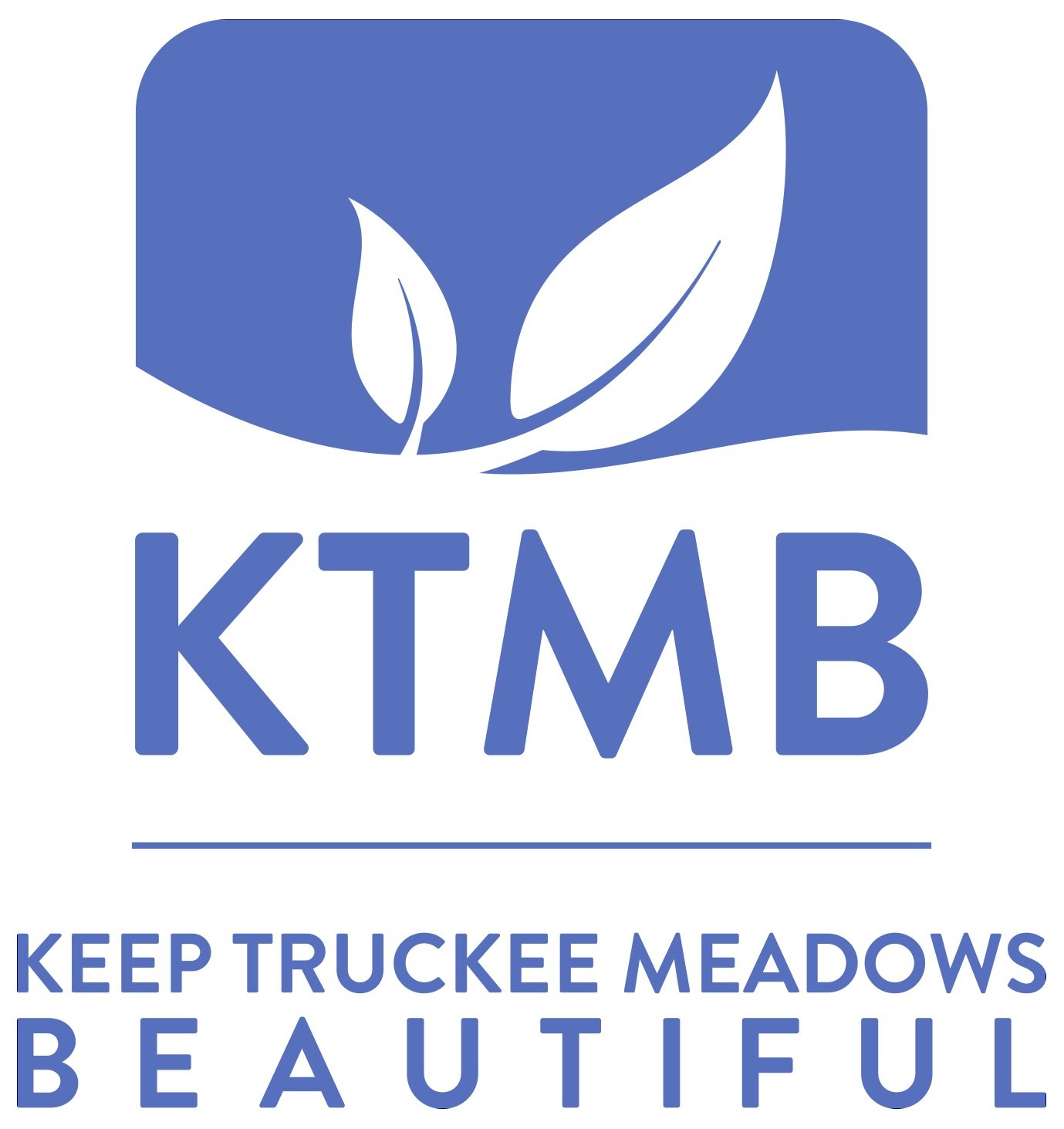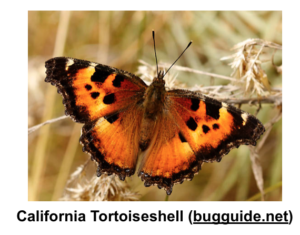Pollination 101: Why pollinators are the bee's knees
What is pollination? Pollination is the act of transferring pollen from one flower to another. Pollination, essentially, helps plants reproduce. Watch this pumpkin grow from flower bud to fruit!
So, how does pollen move from one flower to another? Pollinators!
Pollinators - how important are they? Pollinators, or animals that transfer pollen between flowers, are exceptionally important; in fact, 80% of all flowering plants and over 75% of the staple crop plants that feed humankind rely on pollinators (United States Department of Agriculture). Pollinators aren’t after the pollen, exactly, but the yummy nectar the flower holds. Each time a pollinator goes in for a nice drink of nectar, the flower’s pollen latches onto the animal’s body. In Nevada alone, there are over 600 species of butterflies and moths. However, pollinators come in all shapes and sizes and with that, each pollinator has their own favorite flowers, too! Other fun species of pollinators include:
Black and White Ruffed Lemur: the largest pollinator!
Honey Possum: about the size of a mouse, favorite flowers include Banksia and eucalyptus
Beetles: enjoy munching on white and green-bowl shaped flowers; did you know ladybugs are beetles?
Perdita minima: one of the smallest pollinators measuring to be 2 millimeters long
This spring and summer, be sure to be on the lookout for pollinators and watch them in action! Do you notice them visiting specific kinds of flowers?
How you can help? As important as pollinators are, they are faced with many threats including habitat loss, degradation and fragmentation. While pollinator habitats diminish, so do their sources of food and nesting sites - elements necessary for their survival (U.S. Fish & Wildlife Service). To help pollinator species, especially migratory species, plant a pollinator garden and limit pesticide use. For a list of desert-friendly plants and flowers to plant in your pollinator garden, visit Moana Nursery’s Plants to Attract Pollinators page on their website.
More resources on pollinators, pollinator gardens, and more!
Hummingbirds and their crazy fast metabolisms U.S. Forest Service: Animal Pollination






